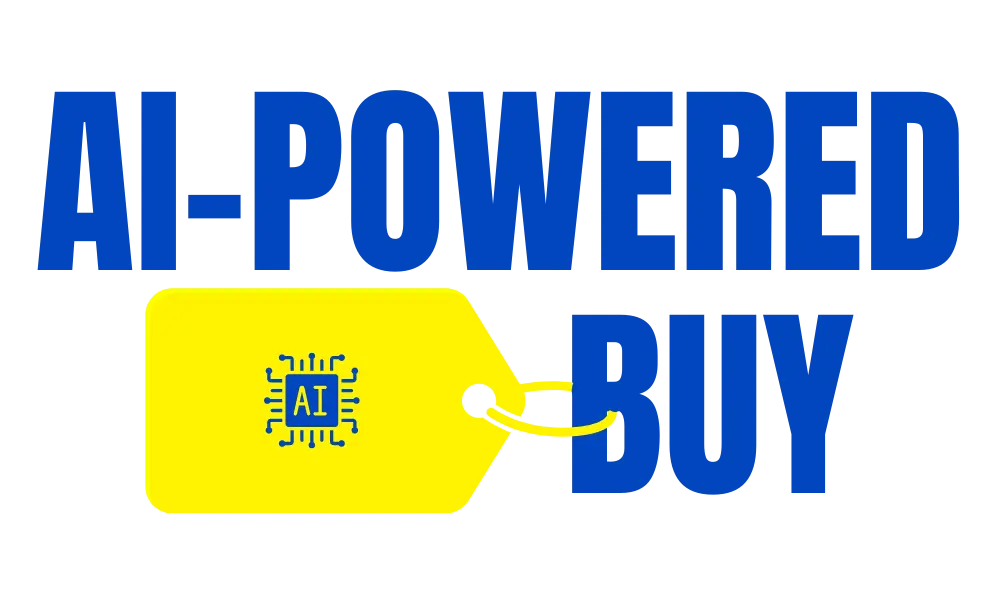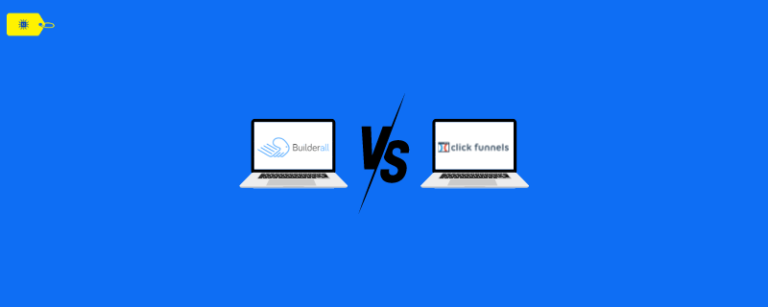Email marketing is a powerful tool for businesses of all sizes. As technology and consumer behavior change, the world of email marketing is also evolving. In this guide, we’ll take you through the journey from beginner to expert, covering the latest news and updates in the industry.
The Foundations of Email Marketing

Email marketing starts with the basics – building an email list, creating engaging content, and measuring your results.
1. Building an Email List
The first step is to build a list of email addresses. In the past, businesses would often buy or rent email lists, but this often led to low engagement and poor results. Today, the focus is on building an organic, opt-in email list. This means using tactics like sign-up forms, lead magnets, and content upgrades to encourage people to willingly share their email addresses.
2. Crafting Compelling Content
Once you have an email list, the next step is to create content that your subscribers will actually want to read. This includes writing compelling subject lines, designing visually appealing emails, and providing valuable, informative, or entertaining content.
3. Measuring and Optimizing
Analyzing the performance of your email campaigns is crucial for continuous improvement. Metrics like open rates, click-through rates, and unsubscribe rates can give you valuable insights into what’s working and what needs to be refined. By testing and optimizing your email content, delivery, and segmentation, you can make your campaigns more effective.
The Evolution of Email Marketing

As technology has advanced, email marketing has also evolved. Here are some of the key developments that have shaped the industry.
Personalization and Segmentation
One of the biggest changes in email marketing has been the increased focus on personalization and segmentation. Consumers expect a more tailored and relevant experience, and email marketers have responded by using data and automation to deliver personalized content. Segmentation based on factors like demographics, behavior, and interests allows businesses to send more targeted and effective email campaigns.
Automation and Triggered Campaigns
Email marketing automation has revolutionized the industry. Businesses can now create sophisticated, triggered campaigns that respond to user actions or specific events. This includes welcome sequences, abandoned cart reminders, and lifecycle campaigns that nurture leads and promote customer loyalty. Automated email workflows have dramatically improved the efficiency and effectiveness of email marketing strategies.
Mobile-Friendly Design
As more people access email on their smartphones and tablets, email marketers have had to adapt their strategies to ensure a seamless mobile experience. Responsive email design, optimized for various screen sizes, has become a necessity, with a growing emphasis on mobile-first content and user experience.
Integration with Other Channels
Email marketing is no longer a standalone tactic. Businesses are increasingly integrating email with other digital channels, such as social media, SMS, and e-commerce platforms, to create a cohesive and cross-functional customer experience.
Latest News and Trends in Email Marketing
The email marketing industry is constantly evolving. Here are some of the latest news and emerging trends that are shaping the industry.

Artificial Intelligence and Machine Learning
The integration of artificial intelligence (AI) and machine learning (ML) into email marketing has transformed the way campaigns are developed and optimized. AI-powered tools can analyze subscriber behavior, segment audiences, and personalize content at scale, leading to significant improvements in key metrics like open rates, click-through rates, and conversions.
Increased Focus on Data Privacy
The growing emphasis on data privacy, driven by regulations like the General Data Protection Regulation (GDPR) and the California Consumer Privacy Act (CCPA), has prompted email marketers to re-evaluate their data collection and usage practices. Businesses must now ensure they have explicit consent from subscribers and provide clear options for data management and privacy preferences.
Rise of Interactive Email Content
To capture the attention of subscribers in a crowded inbox, email marketers are experimenting with interactive content. This can include elements like dynamic images, animated GIFs, surveys, polls, and even mini-games, all designed to engage the recipient and encourage deeper interaction with the email.
Sustainability and Environmental Consciousness
As consumers become more environmentally conscious, email marketers are exploring ways to incorporate sustainability into their strategies. This can include initiatives like reducing email frequency, providing opt-in options for digital receipts and invoices, and highlighting the environmental impact of their products or services.
Deeper Integration with E-commerce Platforms
The intersection of email marketing and e-commerce has become increasingly important, as businesses seek to optimize the customer journey and drive more sales through their email campaigns. Integrations with platforms like Shopify, WooCommerce, and Magento enable seamless data sharing, personalized product recommendations, and abandoned cart recovery.
Emphasis on Accessibility and Inclusivity
Email marketers are recognizing the importance of creating accessible and inclusive content, ensuring that their messages are inclusive of all subscribers, regardless of their abilities or preferences. This includes optimizing email designs for screen readers, providing alt-text for images, and considering the needs of subscribers with various disabilities or language preferences.
Emergence of AI-Generated Content
The advent of large language models, such as GPT-3, has opened up new possibilities for email marketers. While the use of AI-generated content in email campaigns is still in its early stages, businesses are exploring ways to leverage these technologies to create personalized, data-driven email copy, subject lines, and even entire campaigns.
Optimization for Voice Assistants
As the use of voice assistants like Alexa, Siri, and Google Assistant continues to grow, email marketers are beginning to optimize their content for these platforms. This includes creating email subject lines and content that are optimized for voice search and providing seamless integration with voice-enabled devices.
Strategies for Leveraging the Latest Email Marketing Trends

Now that you’re familiar with the latest news and trends in email marketing, let’s explore some strategies for leveraging these developments to enhance your email marketing efforts.
Embrace Personalization and Segmentation
Personalization and segmentation are key to delivering highly relevant and engaging email content. Use the power of AI and machine learning to analyze subscriber data, understand their behaviors and preferences, and create tailored campaigns that speak directly to their needs.
Implement Automated and Triggered Campaigns
Automation and triggered campaigns can significantly improve the efficiency and effectiveness of your email marketing strategy. From welcome sequences to abandoned cart reminders, these automated workflows can help nurture leads, retain customers, and drive more conversions.
Optimize for Mobile and Interactive Experiences
Ensure that your email design is responsive and optimized for mobile devices, providing a seamless user experience across all platforms. Additionally, explore the use of interactive content, such as surveys, polls, and animated elements, to capture the attention of your subscribers and encourage deeper engagement.
Integrate Email with Other Marketing Channels
Leverage the power of cross-channel integration by connecting your email marketing efforts with other digital channels, such as social media, SMS, and e-commerce platforms. This can help you create a cohesive and consistent customer experience, while also driving more traffic and conversions.
Prioritize Data Privacy and Accessibility
As data privacy regulations continue to evolve, make sure your email marketing practices are compliant and respectful of your subscribers’ data rights. Additionally, focus on creating accessible and inclusive email content, that caters to the needs of all your subscribers, regardless of their abilities or preferences.
Experiment with AI-Generated Content
While the use of AI-generated content in email marketing is still in its early stages, consider exploring the potential of these technologies to enhance your email campaigns. From personalized subject lines to data-driven email copy, AI-powered tools can help you create more engaging and effective email content.
Optimize for Voice Assistants
As voice-enabled devices continue to gain popularity, optimize your email content for seamless integration with voice assistants. This can include creating subject lines and content that are optimized for voice search, as well as exploring opportunities for voice-activated email interactions.
By implementing these strategies and staying informed about the latest email marketing news and trends, you can position your business for success in the ever-evolving digital landscape.
Essential Email Marketing Tools to Consider
As businesses navigate the rapidly changing email marketing landscape, having the right tools in their arsenal can make all the difference. Here are some of the top email marketing platforms and tools to consider, along with their best pricing options:
MailchimpMarketing, Automation & Email Platform

Mailchimp is a popular all-in-one marketing platform that offers a wide range of email marketing features, including list management, template design, automation, and in-depth analytics. Its user-friendly interface and scalable pricing make it a go-to choice for businesses of all sizes.
Best Pricing: Mailchimp offers a free plan for up to 2,000 contacts and 10,000 sends per month, as well as paid plans starting at $11 per month for the “Essentials” plan.
ActiveCampaignMarketing automation for any business
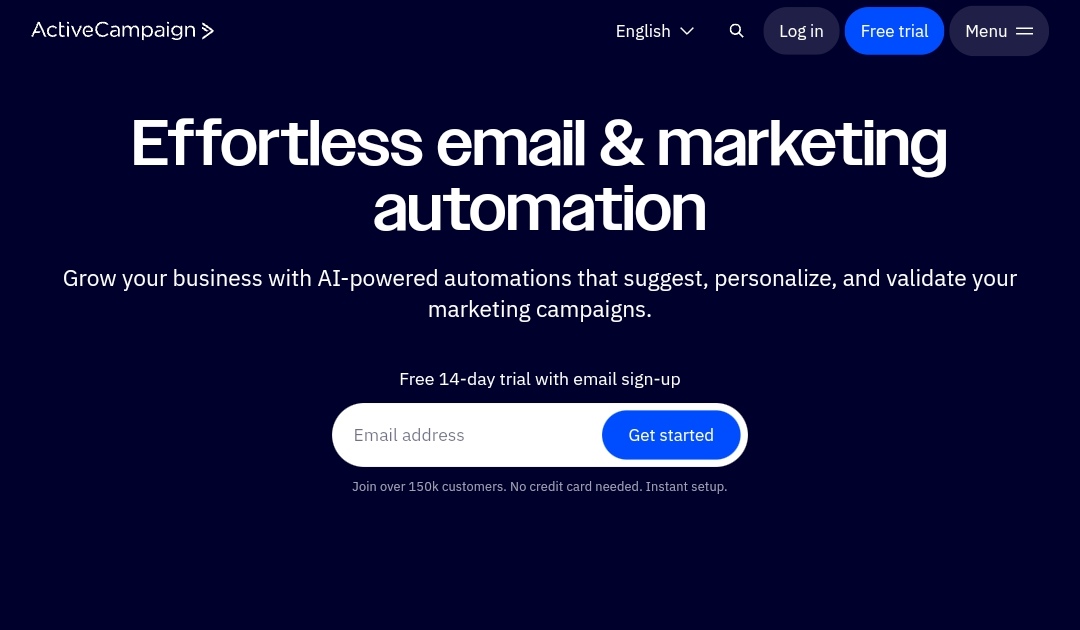
ActiveCampaign is an advanced email marketing and marketing automation platform that excels in segmentation, personalization, and lead nurturing. Its robust automation capabilities and deep integration with other business tools make it a powerful choice for more sophisticated email marketing strategies.
Best Pricing: ActiveCampaign’s “Lite” plan starts at $29 per month for up to 500 contacts, with options to scale up based on contact list size.
HubSpotSoftware, Tools, Resources for Your Business

HubSpot is a comprehensive inbound marketing suite that includes a robust email marketing module. With features like list segmentation, A/B testing, and performance tracking, HubSpot helps businesses streamline their email campaigns and align them with their overall marketing efforts.
Best Pricing: HubSpot offers a free CRM plan, with email marketing features starting at $45 per month for the “Starter” plan.
MailerLiteCreate Email Marketing Your Audience Will Love
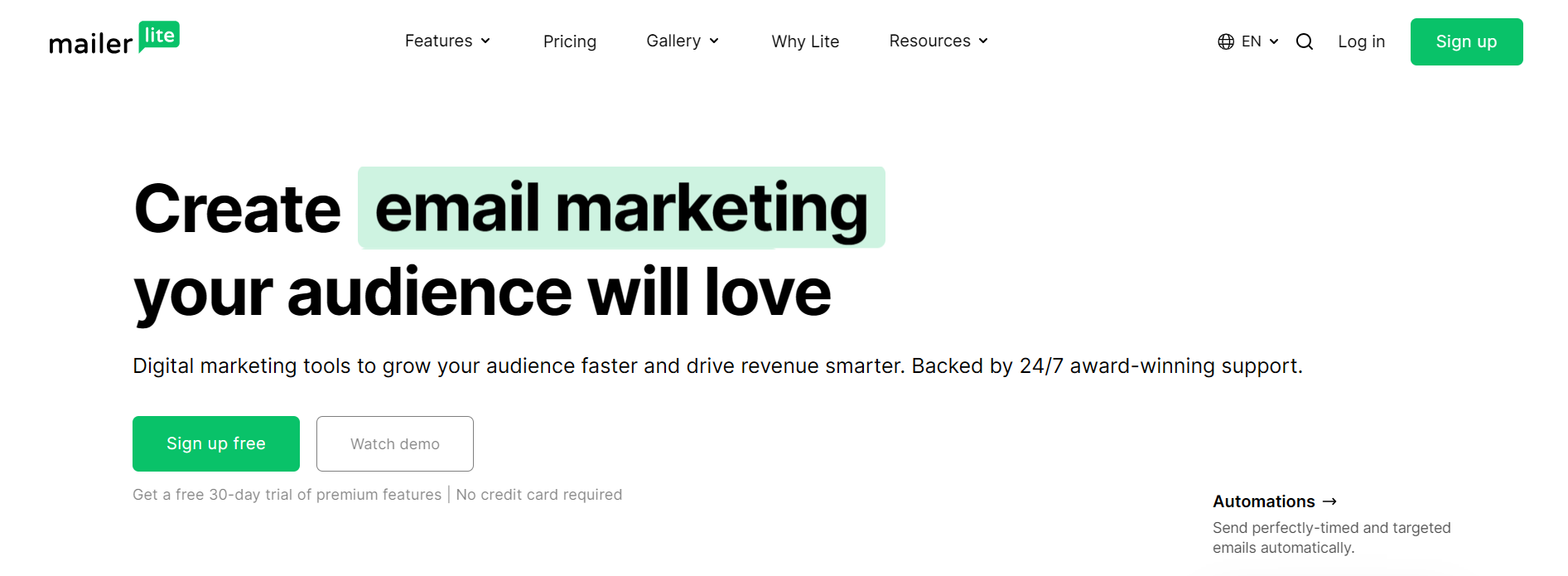
MailerLite is a user-friendly and affordable email marketing platform that offers a wide range of features, including responsive email templates, landing pages, and marketing automation. Its intuitive interface and generous free plan make it an attractive option for small businesses and startups.
Best Pricing: MailerLite offers a free plan for up to 1,000 subscribers and 12,000 monthly emails, with paid plans starting at $10 per month for up to 1,000 subscribers.
Constant ContactDigital and Email Marketing Platform

Constant Contact is a veteran in the email marketing space, offering a user-friendly platform with a wide range of templates, list management tools, and reporting capabilities. Its emphasis on simplicity and ease of use makes it a popular choice for small businesses and nonprofits.
Best Pricing: Constant Contact’s email marketing plans start at $20 per month for up to 500 contacts.
Brevo (Sendinblue)Grow your business with Brevo
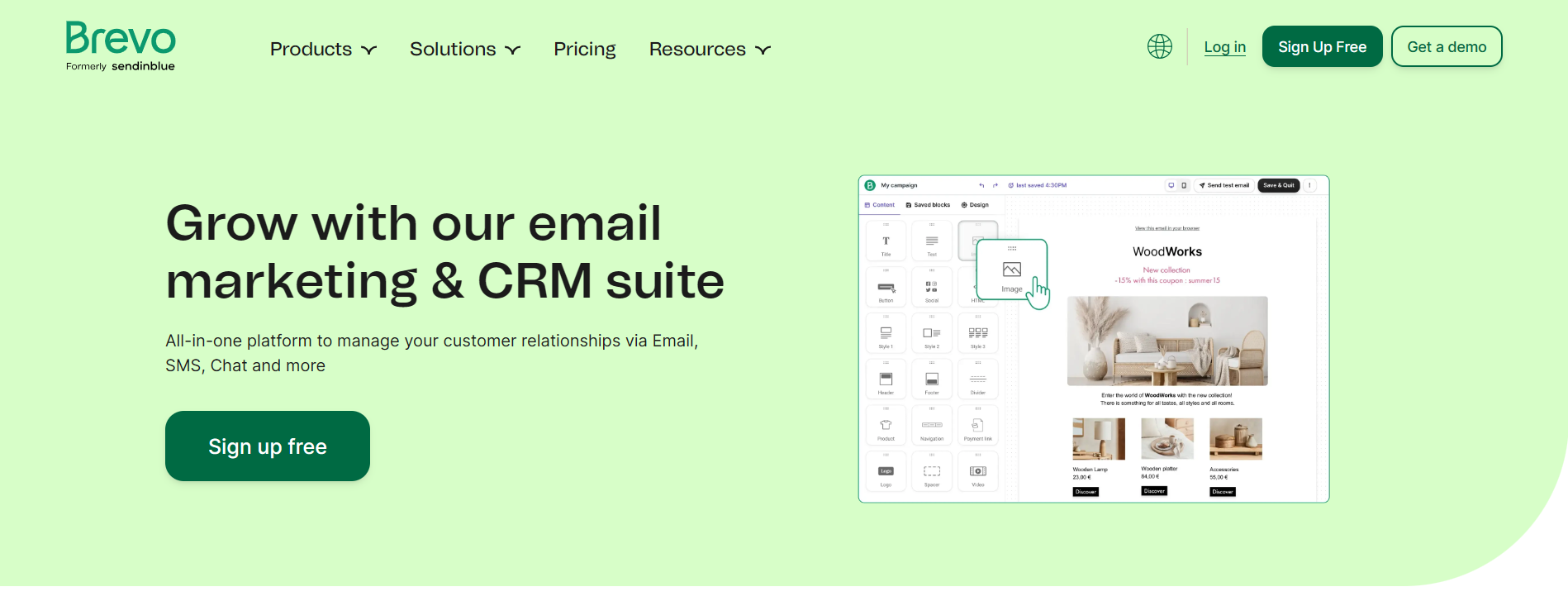
Brevo (Sendinblue) is a versatile email marketing platform that also includes features for SMS marketing, chat, and marketing automation. Its affordable pricing, intuitive interface, and powerful segmentation tools make it a compelling option for growing businesses.
Best Pricing: Sendinblue offers a free plan for up to 300 emails per day, with paid plans starting at $25 per month for the “Lite” plan.
Campaign MonitorEmail Marketing Platform & Services
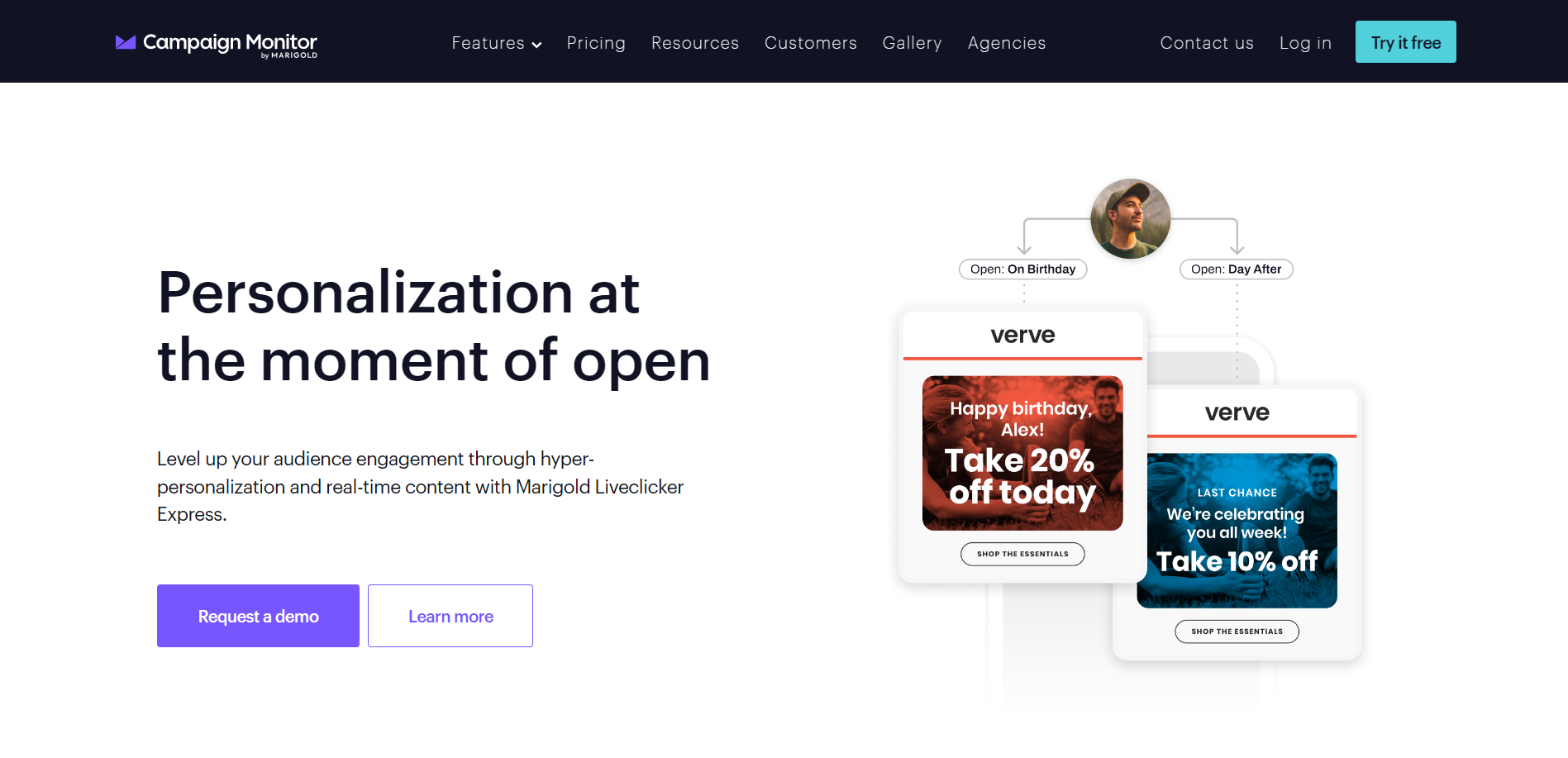
Campaign Monitor is known for its visually appealing email templates and design tools, making it a favorite among marketers who value aesthetic appeal. Its automation workflows, list management, and in-depth analytics also cater to the needs of more sophisticated email marketing strategies.
Best Pricing: Campaign Monitor’s email marketing plans start at $9 per month for up to 2,500 contacts.
By exploring these and other email marketing tools, businesses can find the right fit for their specific needs, budget, and level of expertise, ultimately enhancing their email marketing efforts and driving better results.
Selecting the Right Email Marketing Platform for Your Business
As a business, your email marketing platform is the backbone of your digital outreach efforts. The right platform can help you streamline your campaigns, reach your target audience effectively, and drive real results. However, with so many options available, choosing the best email marketing platform for your needs can feel overwhelming.
When evaluating email marketing platforms, there are several key factors to consider, including account size, pricing, and features. Let’s dive in and explore how to select the ideal platform for your business.
Account Size and List Growth
One of the primary considerations when choosing an email marketing platform is the size of your contact list and how quickly it may grow over time. Many providers offer tiered pricing plans based on the number of subscribers you have.
For small businesses or startups with a relatively small email list (say, under 2,000 contacts), platforms like MailerLite, Constant Contact, or Mailchimp may be great options. These tend to have free plans or very affordable tiers for smaller account sizes. As your list grows, you can easily upgrade to a higher-tier plan.
On the other hand, if you already have a sizable email database (e.g., 10,000+ subscribers) or anticipate rapid list growth, you’ll want to look at enterprise-level platforms like ActiveCampaign, HubSpot, or Pardot. These solutions are designed to accommodate large-scale email marketing programs with advanced features and high contact limits.
Pricing and Budget
Of course, cost is another major factor when selecting an email marketing tool. Platforms typically charge based on the number of subscribers you have, with prices ranging from a few dollars per month for small lists to hundreds or thousands for large enterprises.
When evaluating pricing, consider not only the base subscription fee but also any additional costs for features, integrations, or user seats. Some providers may offer volume discounts for larger accounts, while others have usage-based pricing models. Thoroughly review the pricing tiers and ensure the platform fits within your marketing budget.
Choosing the right email marketing platform is a critical decision that can have a significant impact on the success of your digital outreach efforts. By carefully considering factors like account size, pricing, and essential features, you can find the ideal solution to meet your unique business needs.
Conclusion
Email marketing has come a long way, and it continues to evolve at a rapid pace. By understanding the foundations of email marketing and embracing the latest news and trends, businesses can unlock the full potential of this powerful digital marketing channel.
The email marketing landscape is being shaped by a range of exciting developments, from personalization and automation to the integration of artificial intelligence and voice-enabled technologies. By staying ahead of the curve and implementing the right strategies, you can position your business for long-term success in the world of email marketing.
Remember, the key to effective email marketing lies in continuously adapting to the needs and preferences of your audience. By delivering personalized, engaging, and valuable content, you can build stronger relationships with your subscribers, drive more conversions, and ultimately, achieve your business goals.
As you embark on your email marketing journey, keep an eye on the latest news and updates, experiment with new tools and techniques, and be willing to adapt your strategies as the industry continues to evolve. With the right approach and a commitment to innovation, you can master email marketing and take your business to new heights.
The future of email marketing is exciting, with more personalized, automated, and interactive experiences on the horizon. By leveraging the power of artificial intelligence, voice assistants, and sustainable practices, email marketers can create even more engaging and effective campaigns that resonate with their audience.
As a business owner or marketer, it’s crucial to stay informed and proactive in your email marketing efforts. Continuously learning, testing, and refining your strategies will not only help you stay ahead of the competition but also provide your subscribers with the valuable and enjoyable experiences they expect.
Remember, the success of your email marketing efforts ultimately depends on your ability to understand and meet the evolving needs of your audience. By keeping a pulse on the latest industry trends and insights, you can adapt your tactics accordingly and deliver campaigns that drive real results for your business.
In the ever-changing world of digital marketing, email remains a powerful and versatile tool. By mastering the foundations and embracing the latest innovations, you can unlock the full potential of email marketing and propel your business forward. Embrace the future, stay adaptable, and watch as your email marketing campaigns soar to new heights.
Frequently Asked Questions on ‘Mastering Email Marketing From Beginner to Expert’
[sp_easyaccordion id=”3481″]
